How To Help Students Learn From Anything
What/who is the most compelling, ongoing catalyst for helping students learn in your classroom? If it’s the teacher, you’re in trouble.
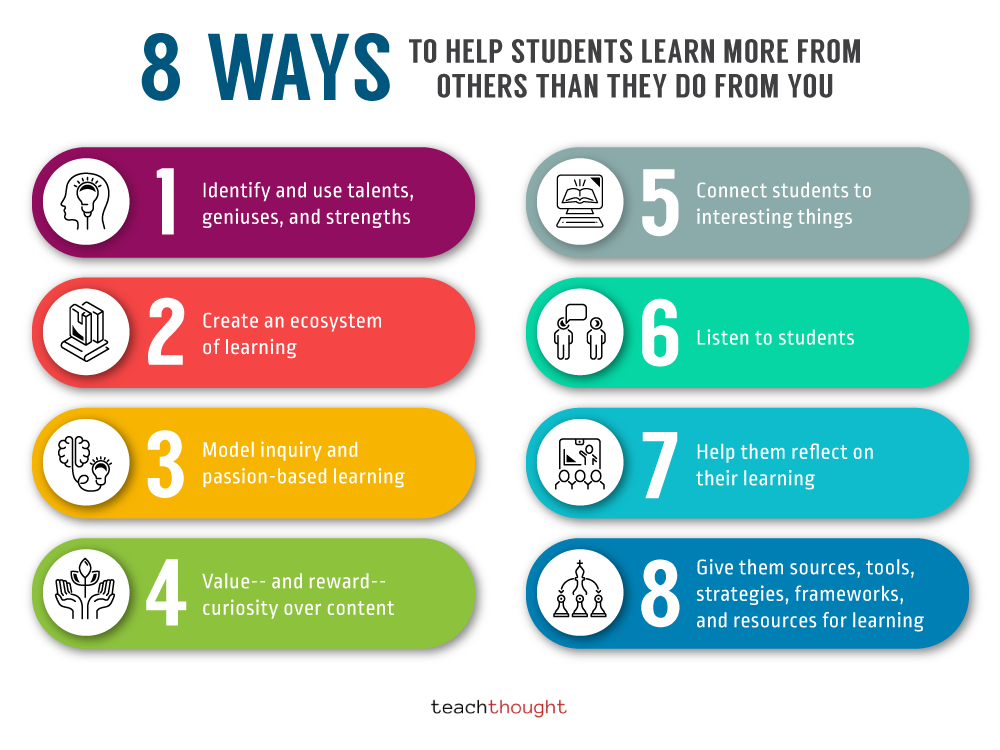
What/who is the most compelling, ongoing catalyst for helping students learn in your classroom? If it’s the teacher, you’re in trouble.
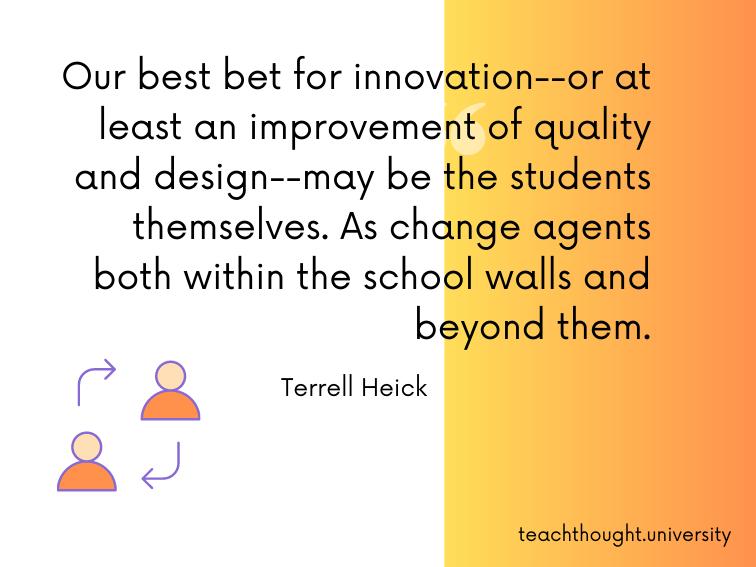
With considerable trepidation, I commonly write about the future of education–the future of the classroom, the future role of the teacher, the role of robots (and whether or not robots can replace teachers), and AI and new models accommodate these technologies, such as Combination Learning, Self-Directed learning, and the Sync Learning Model, among others. What…
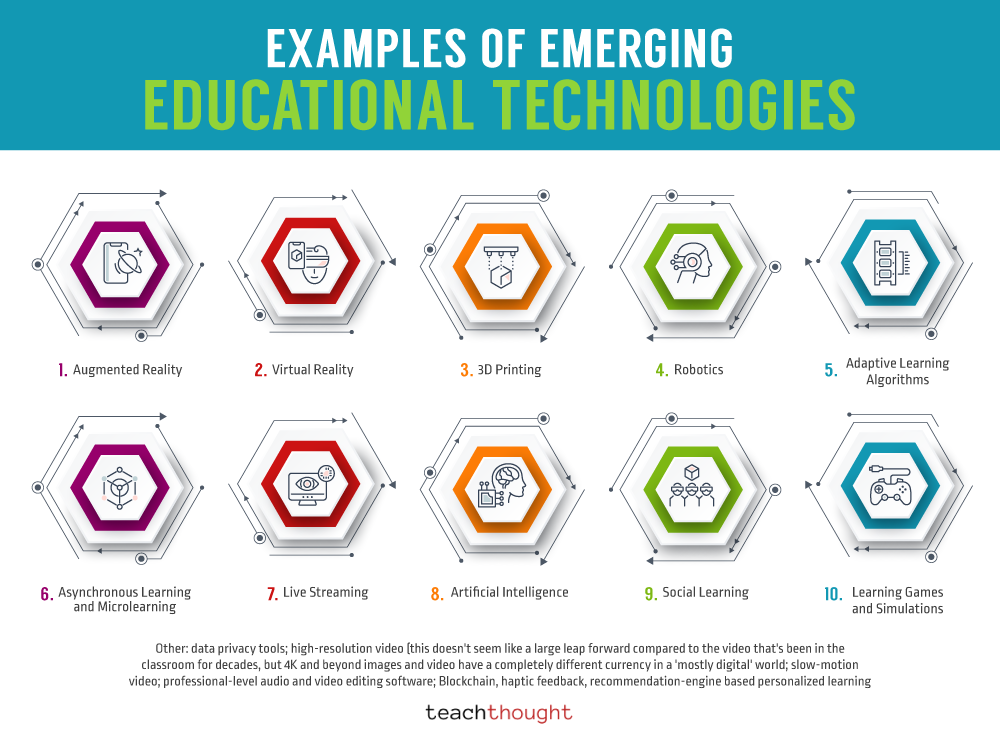
Most emerging educational technology will continue to radically reshape itself and thus continue ’emerging.’
This post has been updated from previous publishing contributed y Lisa Duty, Ph.D., Senior Director of Innovation, KnowledgeWorks Annually, for more than 45 years, the city of Reynoldsburg, Ohio has celebrated the Tomato Festival– a nod to its heritage as the birthplace of the commercial tomato. This middle-America town also boasts one other claim to…
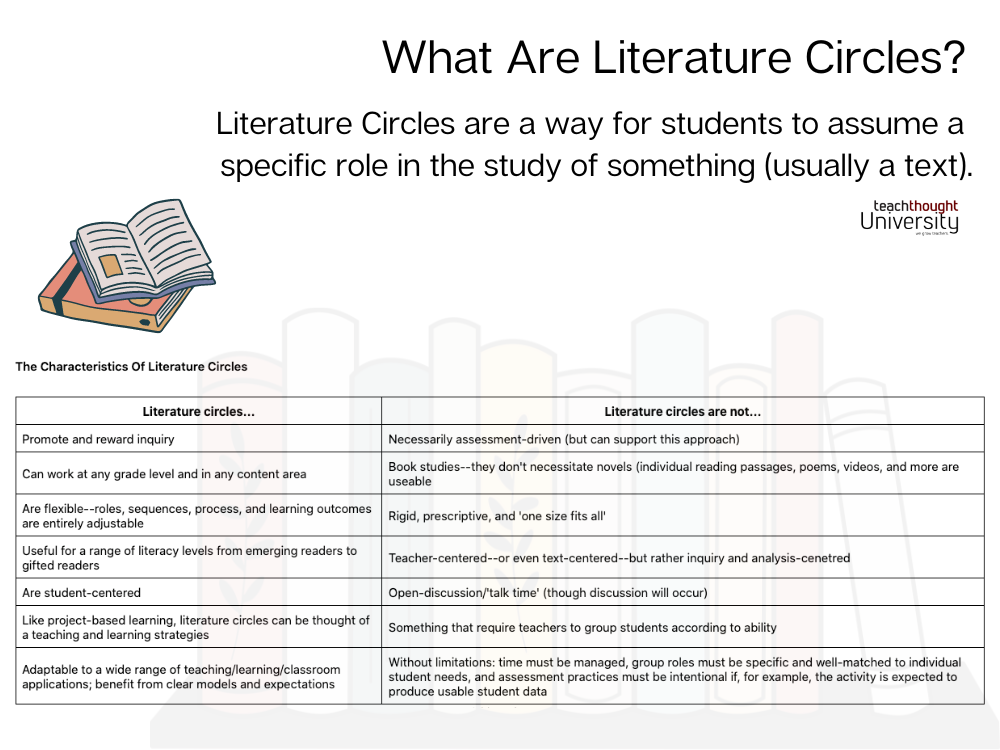
Literature Circles are a way for students to assume a specific role in the study of something (usually a text).
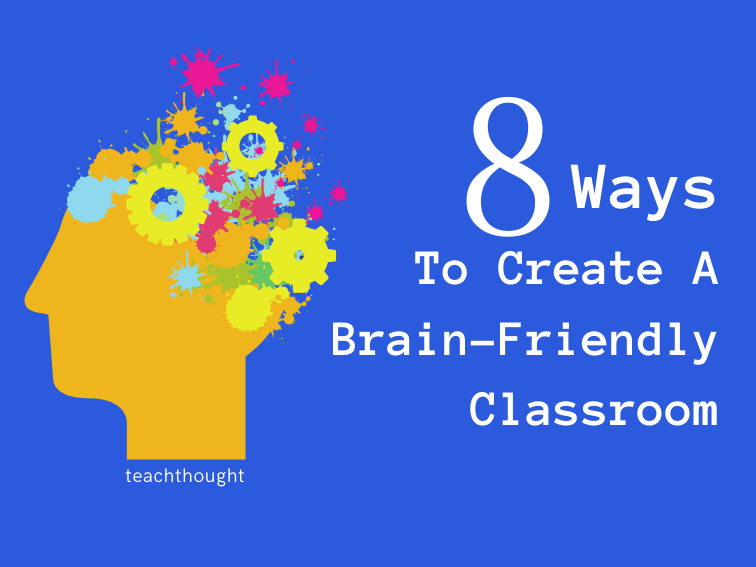
How can you create a brain-friendly classroom? By reducing stress, creating positive associations, and promoting feedback loops.
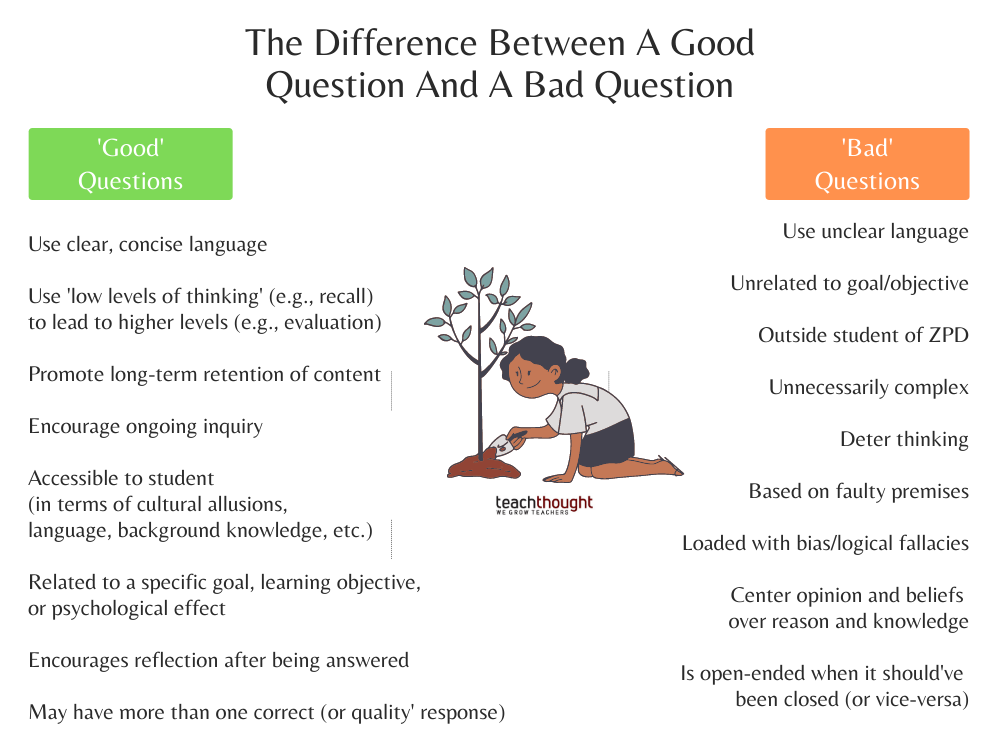
A question is only a strategy (for inquiry) and must therefore have a purpose if we want to evaluate its quality.
From sources of motivation to self-image, the most important things students learn at school aren’t always what you expect.
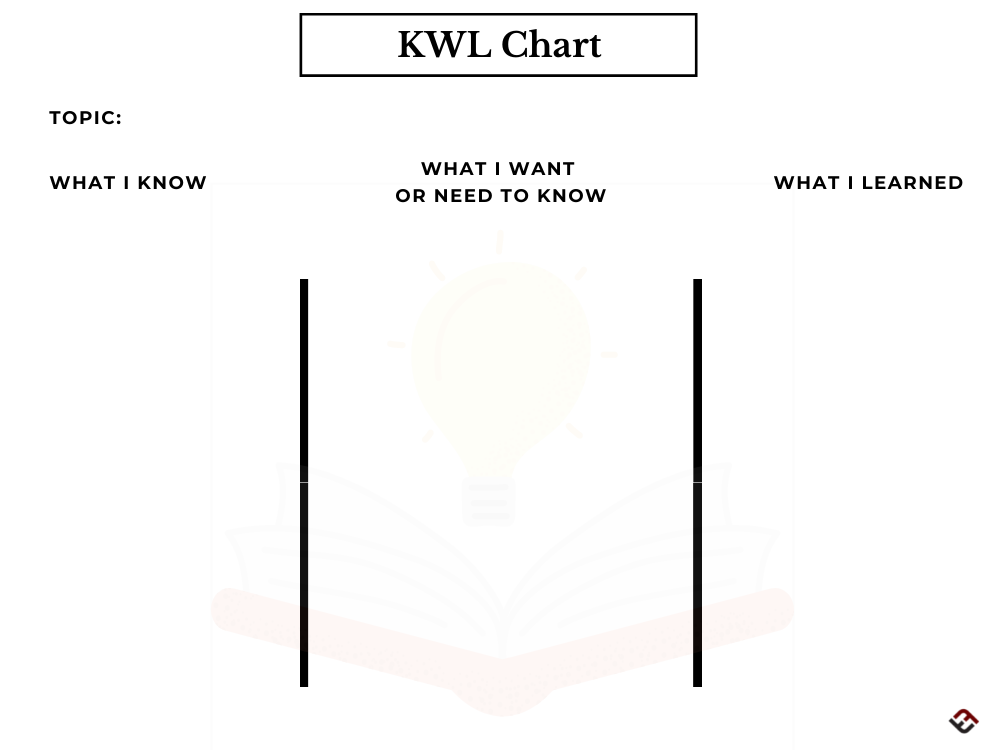
A KWL chart is a graphic organizers that students use before, during, and after learning to activate prior knowledge and reflect on learning.
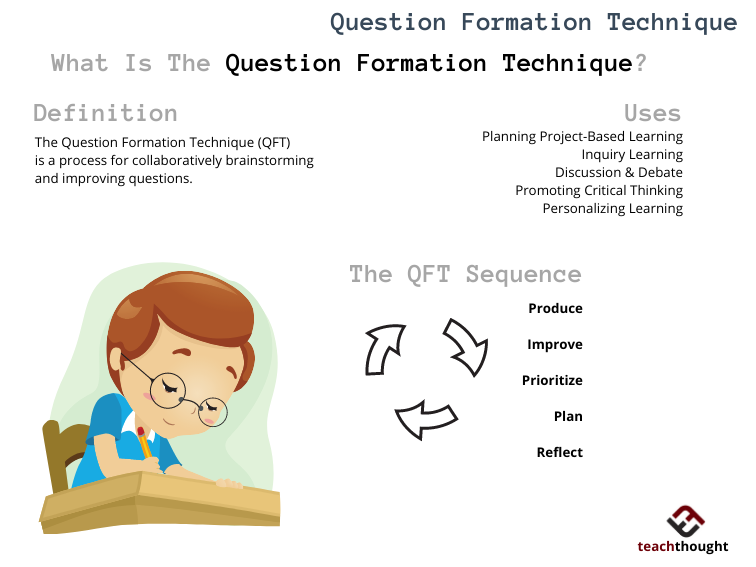
According to the creators, the question formulation technique helps build skills for lifelong learning, self-advocacy & democratic action.

Emotional intelligence is a person’s capacity to manage their feelings in order to appropriately and accurately express them.
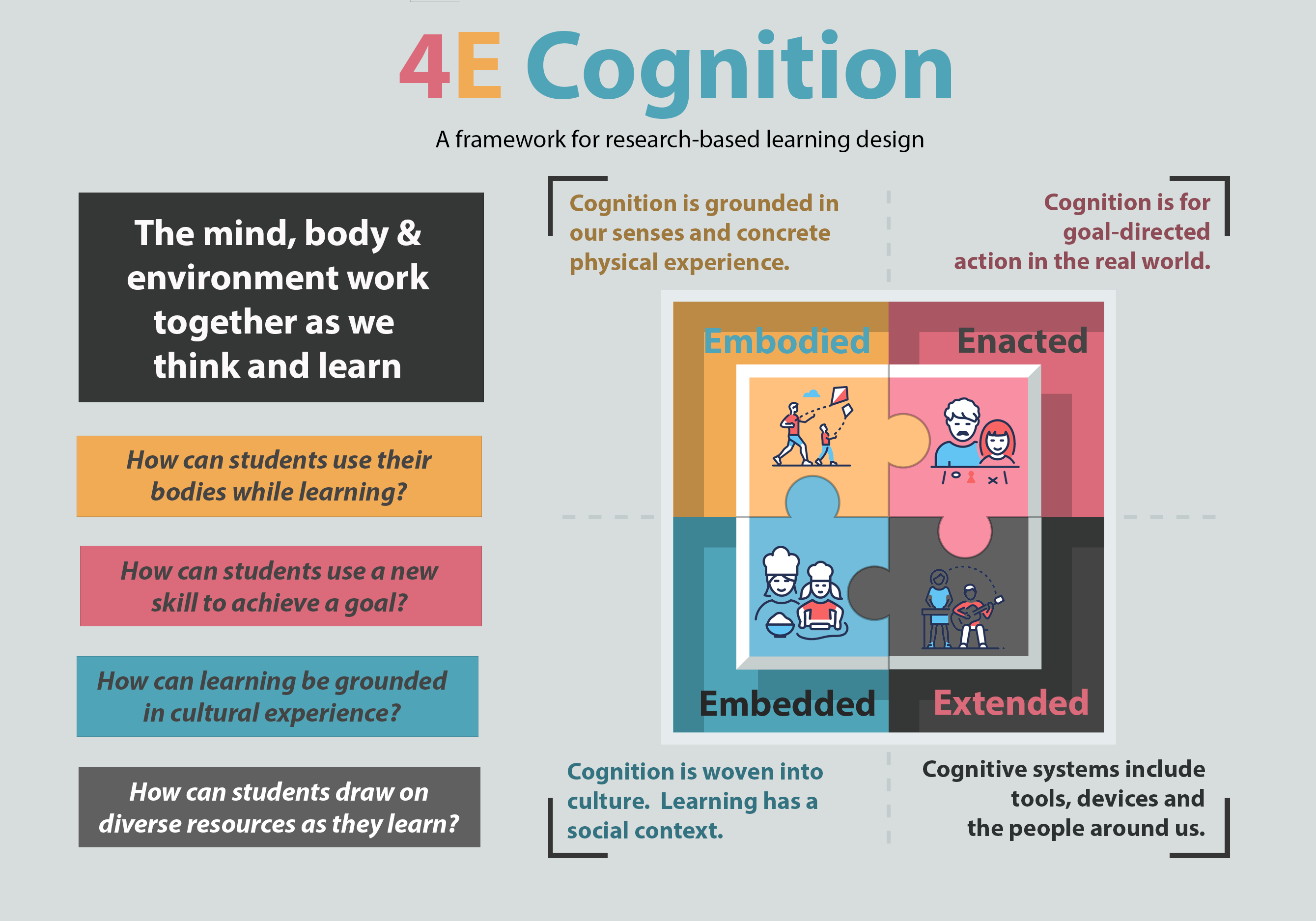
4E cognition: How might we design learning environments that lead to constructive interaction of mind, body, and environment?